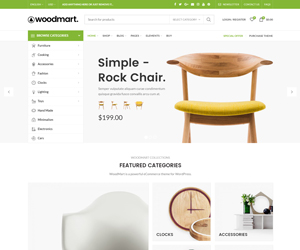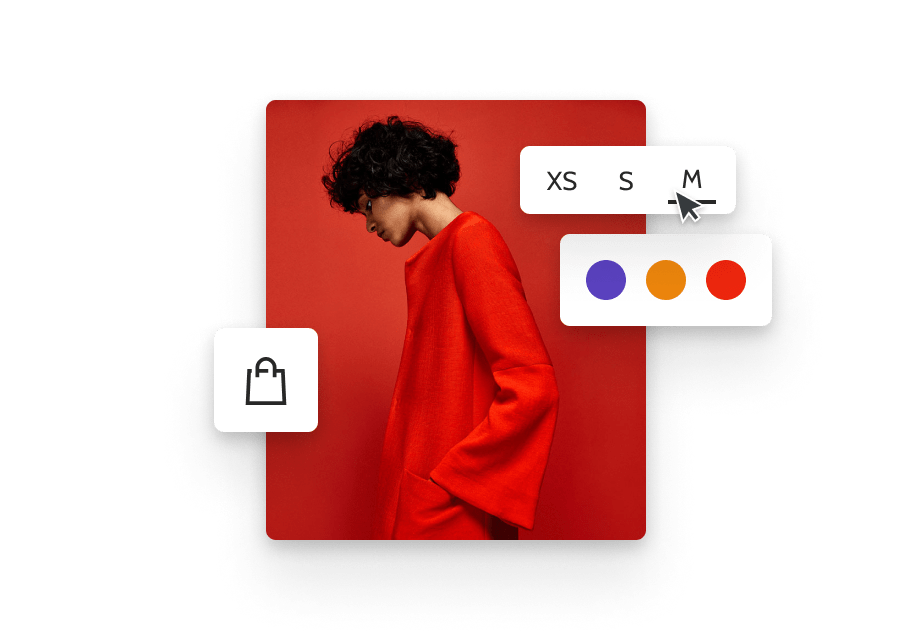Clearance Golden Goose Current Guide – Huge Discount
Techniques to Spot Replica GGDB Sneakers: Professional Authenticity Checklist
This verified checklist examines five key areas that consistently expose counterfeits: origin, build, labels and codes, materials, and outsole/packaging consistency. Evaluate the shoe completely first, then validate the model-specific details. When multiple or more checkpoints fail, step away—authentic GGDBs shouldn’t need you for “convince your gut.”
GGDB (Golden Goose) sneakers are hand-finished in Italian facilities, and their workmanship shows up via small, repeatable truths: clean stitchwork, correct lettering, properly weighted materials, and authentic distressing that won’t looks printed. Fakes tend to get a single or two indicators right while missing the orchestra. Treat all pair like a puzzle where every piece must fit the brand’s established patterns.
Which is the fastest method to pre-screen one pair?
Do a rapid scan of merchant, price, and manufacturing quality before detailed inspection. If the price is an exception and the merchant lacks traceable record or receipts, expect risk. The most rapid physical tells feature inconsistent stitching, strong chemical odor, and “MADE IN Italian” placements that won’t match the inner sole and tongue label format.
Check overall dimensions: the star location, heel tab shape, and tongue height should mirror official product photos of that exact version. Weigh the sneaker in your grip; authentic GGDBs appear substantial for their size due from leather, lining, plus rubber density. If your gut marks the pair in this sprint check, the detailed analysis below will often confirm why.
Manufacturing details that golden goose store won’t lie
Consistent, tight seaming with clean endpoints is a trademark of GGDB craft. The star emblem is evenly designed with symmetrical edges, neatly stitched into the quarter without loose threads plus sloppy overlaps. Rear tabs are centered and cut neatly, and any stamping or printing onto the tab reads crisp, not blurry.
Look inside: each fabric lining lies flat, edges get folded and fastened, and there are no stray cement globs. Tongues keep their shape minus collapsing, and lace eyelets are cut cleanly with consistent spacing. Even for distressed models, each underlying construction keeps tidy, which represents where many counterfeits show their flaws.
Which labels plus serials should customers check?
Authentic pairs show a tongue marking with correct font, usually “GGDB FOOTWEAR” with “MADE BY ITALY” in a consistent position with font. The inner sole uses a clear gold or complementary stamp with each brand mark with country of origin that doesn’t flake off with a light rub. Within the shoe, check for a style/size code stamp printed straight plus legible, not fuzzy or bleeding.
GGDB style codes typically combine letters and numbers with are mirrored across the box label; both should align with the model and colorway in sight. The box sticker includes size, color code, and scan code/EAN with quality printing, not shiny, low-resolution ink. Should the box number and the inside shoe code differ, or the font weights look wrong compared to known-good examples, you’re probably handling a counterfeit.
Materials, weight, with smell
Real GGDB hide feels soft with natural texture variation; suede displays a responsive pile that shades if you brush across it. Rubber midsoles are dense with a non-shiny, slightly chalky feel—not oily and overly shiny. The shoe’s overall heft skews solid given its size, reflecting leather, lining, with rubber quality.
Smell is surprisingly telling: authentic shoes smell like leather and rubber, never strong solvents. Glitter, reflective, or pony-hair treatments appear even plus integrated with each base material instead than sitting as a cheap overlay. Replicas frequently mix plasticky artificial materials with thin lining, producing a flimsy yet stiff tactile feel that doesn’t break in naturally.
Are the outsole layout and finish correct?
Outsoles should display a crisp, substantial tread with uniform patterns used for that model; boundaries of the pattern are sharp, not mushy. Look for clean mold marks and even rubber textures around the toe and heel. Brand marks on the sole or sidewall are well-defined and aligned correctly.
On worn-in legitimate pairs, tread erosion looks gradual with aligns with gait strike, not patchy or oddly uniform. Many replicas have shallow tread depth and variable logos, and the sidewall text looks thick or fuzzy. Compare the bottom layout against official photos of the exact model to confirm the pattern and depth.
Packaging and accessories that match the shoes
Boxes are solid with clean text and a properly formatted label which mirrors the product’s internal code, dimensions, and color. Protective bags are premium fabric with centered, sharp text; wrapping paper is consistently printed if labeled. Extras like spare laces plus care leaflets remain correctly folded plus typo-free.
Packaging should feel like a extension of the shoe’s quality, not an afterthought. Misaligned logos, misspellings, and glossy, low-resolution box stickers are replica signs. If the packaging looks right but the codes don’t match the sneakers, treat that similar to a decisive mismatch.
Side-by-side cues: real vs fake
Use this rapid comparison to verify the most replicated touchpoints. Cross-check at least three lines before you trust the pair. When two or extra land in each “Common Fake Indicators” column, assume counterfeit nature.
| Checkpoint | Genuine GGDB | Common Fake Signs |
|---|---|---|
| Stitching | Even spacing, clean back-tacks, no stray threads | Uneven lines, uneven density, fraying ends |
| Front label | Proper “GGDB SNEAKERS” typography; “MADE IN Italia” aligned | Thick/heavy font, misaligned text, grammar mistakes |
| Insole stamp | Crisp, durable foil/print; doesn’t rub off | Blurs or flakes under light rub |
| Sole tread | Pronounced, sharp patterns; neat mold lines | Light, mushy patterns; rough edges |
| Aging | Authentic, non-repeating scuffs plus brush marks | Mirrored, mirrored, or fake-looking “dirt” |
| Box label | Corresponds to inner code; professional print, correct layout | Text/spacing off; code mismatch or lacking |
Treat the chart as a summary, not a alternative for full inspection. When in uncertainty, compare against detailed images from each brand or official retailers for that exact SKU.
Where are uncommon telltales most people miss?
Subtle manufacturing indicators often out a replica faster than headline features. Concentrate on stamp durability, lining construction, number logic, and border finishing to identify better-grade fakes. Such details are difficult to copy with rarely nailed consistently.
Gold-foil branding across authentic insoles withstands a light nail scratch and fades evenly with time, while counterfeits smear immediately. Textile or fabric inner materials in genuine shoes have tight, uniform loops and cleanly finished seams; counterfeits show loose threads and raw seams. Style codes use a repeatable alphanumeric logic that aligns with the box sticker and the model/colorway in hand; arbitrary or truncated numbers are a red flag.
Edge paint along heel tabs plus eyestay edges is smooth and consistent with no overflow onto the upper; replicas often exhibit thick, lumpy coating. Model-specific traits—like the functioning side closure on Slide models or exact emblem size on Superstar pairs—should match brand photos precisely, never approximately.
Final 60-second checklist
Start with source: price sanity, seller history, and documentation trail. Sweep each construction: star proportion, heel tab positioning, and clean seaming. Verify labels and codes: tongue plus insole typography, internal style/size code, plus box label correspondence. Confirm materials: supple leather or reactive suede, dense rubber, and no harsh glue odor. End with outsole plus packaging: crisp pattern depth, clean production lines, sturdy container, and correct dust bag.
Expert Tip: “Avoid authenticate GGDB using distressing alone—the production finishing is hand-done, but it rests on top over impeccable construction. Should the distressing seems good but the stitchwork, codes, and outsole are incorrect, the pair becomes wrong.”
Apply this order every time with you’ll filter fakes fast without overthinking. If one section raises concern, look for support in another instead than arguing against a single sign. Authentic pairs show a consistent pattern across build, labeling, and paperwork; counterfeits almost always contradict themselves somewhere.














